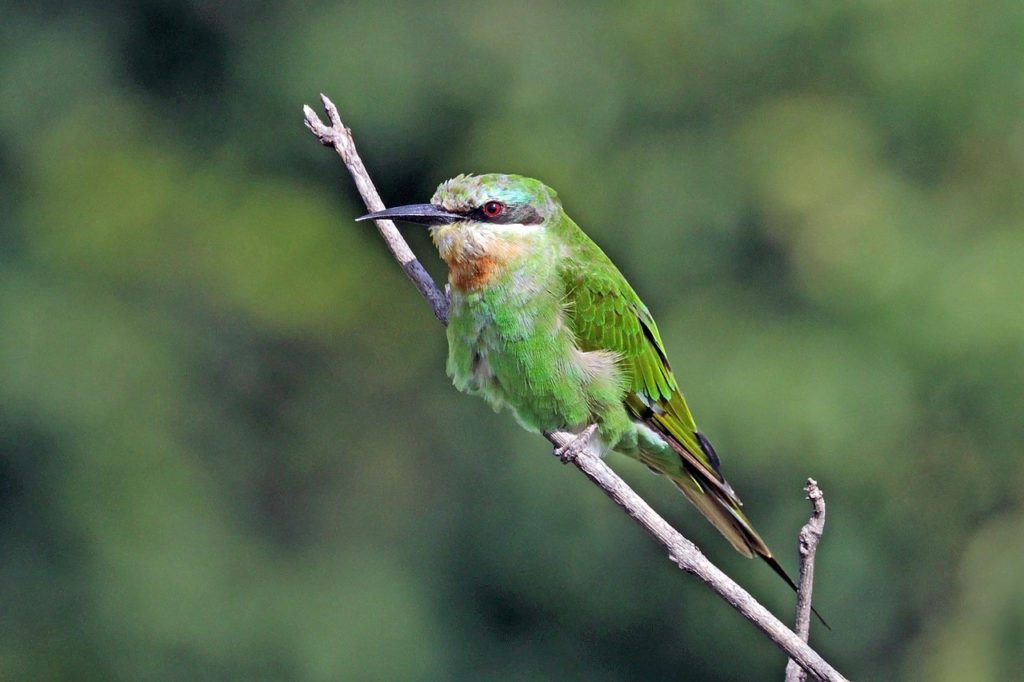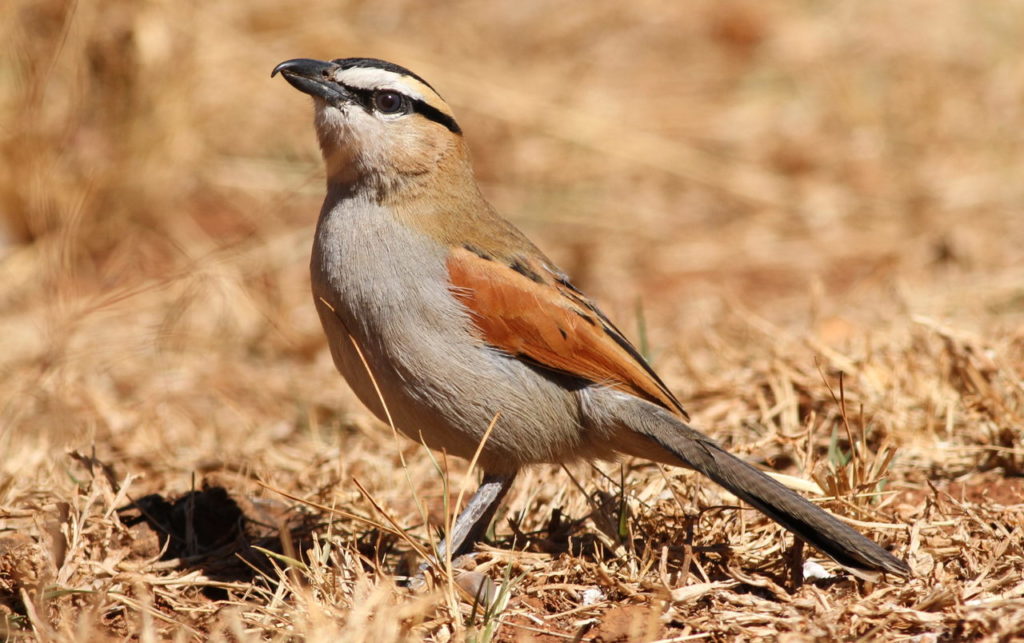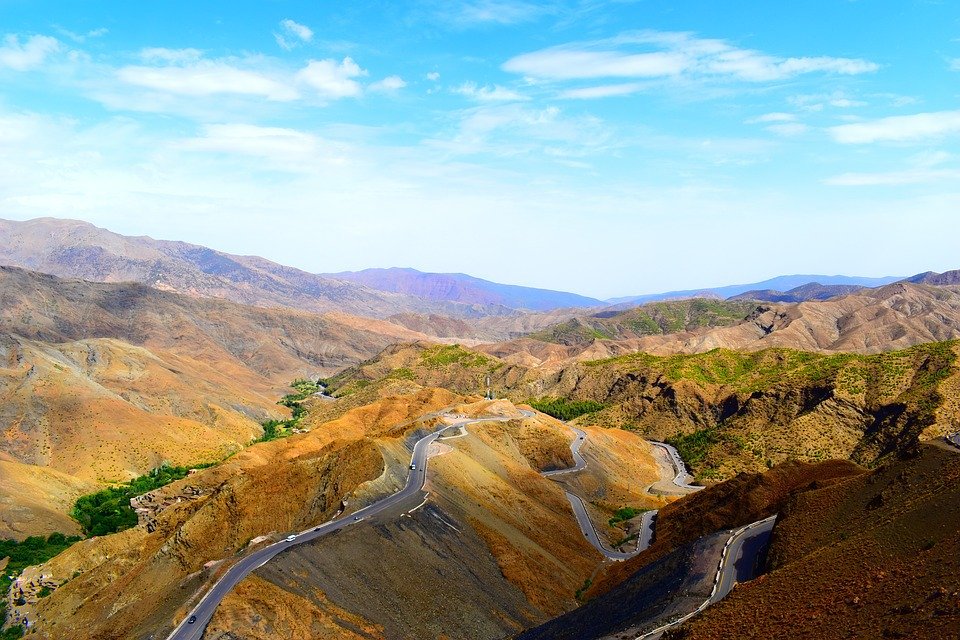The Perfect Winter Birding Destination
About 454 bird species have been recorded in Morocco, including 120 winter visitors. You can find wintering waders and gulls in the country’s coastal wetlands, species such as wheatears and sandgrouses in the desert, and Dark Chanting Goshawks and Tawny Eagles in the Souss Valley. Other target species include Cream-colored Courser, Blue-cheeked Bee-eater, Black-crowned Tchagra, and the endangered Northern Bald Ibis.
MOROCCO, WITH ITS BREATHTAKING SCENERY, DELICIOUS FOOD, RICH HISTORY, AND FABULOUS BIRDING, IS A GREAT DESTINATION FOR ALL BIRDERS, ESPECIALLY IN THE WINTER MONTHS.
A variety of habitats
Morocco has been an independent country for more than 60 years after French rule. It imposes few restrictions on visitors and offers a friendly atmosphere complimented with strong cultural norms. Interesting habitats are found in the various geophysical regions and vary from the high snow-covered Atlas Mountains to low-lying woodlands and the red sand dunes of the great Sahara Desert.
MOST BIRDING TRIPS TO MOROCCO BEGIN BY FLYING INTO FABULOUS MARRAKESH.
Plan your trip
The former capital of the Moroccan Empire lies in the west of the country and is an important economic center with many mosques, palaces, and gardens. From there, explore the snow-capped High Atlas Mountains , far from the hustle and bustle of human activity.
Morocco is home to various endangered species. For instance, the Dark Chanting Goshawk can be found in open woodlands. In particular the subspecies Melierax metabates theresae is confined to a small area of southwestern Morocco, where it is thought to be nearly extinct as a result of deforestation and hunting. Also, the population of the Tawny Eagle shows evidence of a very rapid decline.
The Northern Bald Ibis
The most famous bird on this list is the Northern Bald Ibis. It is known for its rather bizarre black neck feathers. The gregarious birds gather by the dozen and seem to bow to each other in greeting. Colonies are often made up of more than a hundred birds. While such colonies in Syria declined over the past 20 years, larger numbers of birds survived in the Souss-Massa region of Morocco. In the 1990s, after mysterious deaths, wild colonies of the Northern Bald Ibis in Morocco were reduced to only 59 breeding pairs.
Taking action shows results
Many of the animals in the country are endangered, in part due to city expansion, but national parks and preserves as well as vast expanses of forest allow for numerous mammals, birds, reptiles, and amphibians. Thanks to intensive conservation measures, the habitats in Morocco have made a recovery and are now home to around 700 Northern Bald Ibises. In November 2018, Birdlife International reported that the status of the species had improved from critically endangered to endangered.







